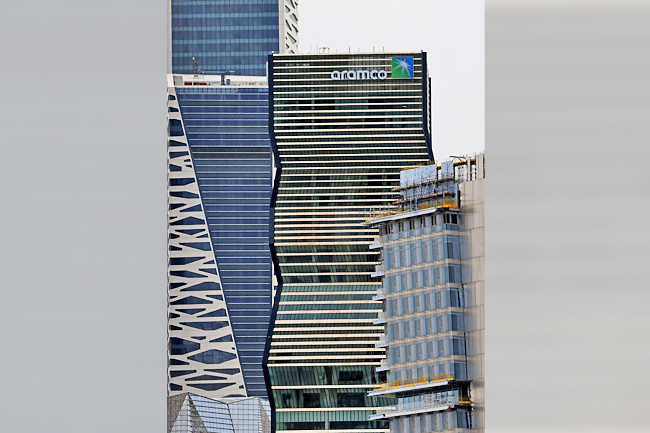RIYADH (AFP) – Oil giant Saudi Aramco said yesterday its first-quarter net profit dipped 14.5 per cent on year to USD27.27 billion as the Gulf kingdom kept production cuts in place.
Despite lower profit, the firm said it would pay USD31 billion in dividends to the Saudi government and other shareholders as the kingdom pursues expensive mega-projects to diversify its oil-reliant economy.
Net income was SAR102.27 billion (USD27.27 billion), down from SAR119.54 billion (USD31.88 billion) for the same period in 2023, Aramco said in a filing with the Saudi stock market.
“The decrease was primarily a result of lower crude oil volume sold, weakening refining and chemicals margins and lower finance and other income,” it said, adding that lower production royalties and an increase in crude prices “partially offset” the decline.
In a separate filing, Aramco declared base dividend payouts for the first quarter totalling USD20.3 billion – part of a policy “to deliver a sustainable and progressive dividend” – and a performance-linked dividend distribution of USD10.8 billion to be paid in the second quarter.
The world’s biggest crude exporter, whose profits dropped by a quarter last year, is currently producing roughly nine million barrels per day (bpd), well below its capacity of 12 million bpd.

That follows a series of production cuts dating back to October 2022, when the OPEC+ bloc of oil producers that Riyadh co-leads with Moscow announced it would reduce output by two million bpd to boost prices.
On top of that cut, in April 2023 Saudi Arabia and several other OPEC+ members agreed to slash production voluntarily by more than one million bpd.
And after an OPEC+ meeting in June 2023, Riyadh announced another reduction of one million bpd.
In March, the Energy Ministry said the latest cut, which took effect in July 2023, would be extended through the second quarter of this year, after which “these additional cut volumes will be returned gradually, subject to market conditions”.
The International Monetary Fund (IMF) said in April that, at current production levels, Saudi Arabia’s fiscal break-even oil price would be USD96.2 per barrel in 2024.
The United States Energy Information Administration currently projects Brent crude to average USD89 per barrel. The Saudi Finance Ministry said in December it was projecting budget deficits through 2026 as it maintains high spending on reform initiatives.
Saudi Arabia’s gross domestic product decreased by 1.8 per cent on year in the first quarter of 2024 compared with 2023, the General Authority for Statistics said in a preliminary estimate published last week.
“This decrease was primarily driven by a 10.6-per-cent decline in oil activities,” it said.
Saudi Arabia has pledged to achieve net zero carbon emissions by 2060, a statement that has drawn intense scepticism from environmental activists.
Aramco has vowed to achieve “operational net-zero” carbon emissions by 2050, which does not include the emissions from customers burning its products.
In January, Aramco made the surprising announcement that the Energy Ministry had ordered it to maintain production capacity at 12 million barrels per day, abandoning a target of 13 million bpd by 2027.



